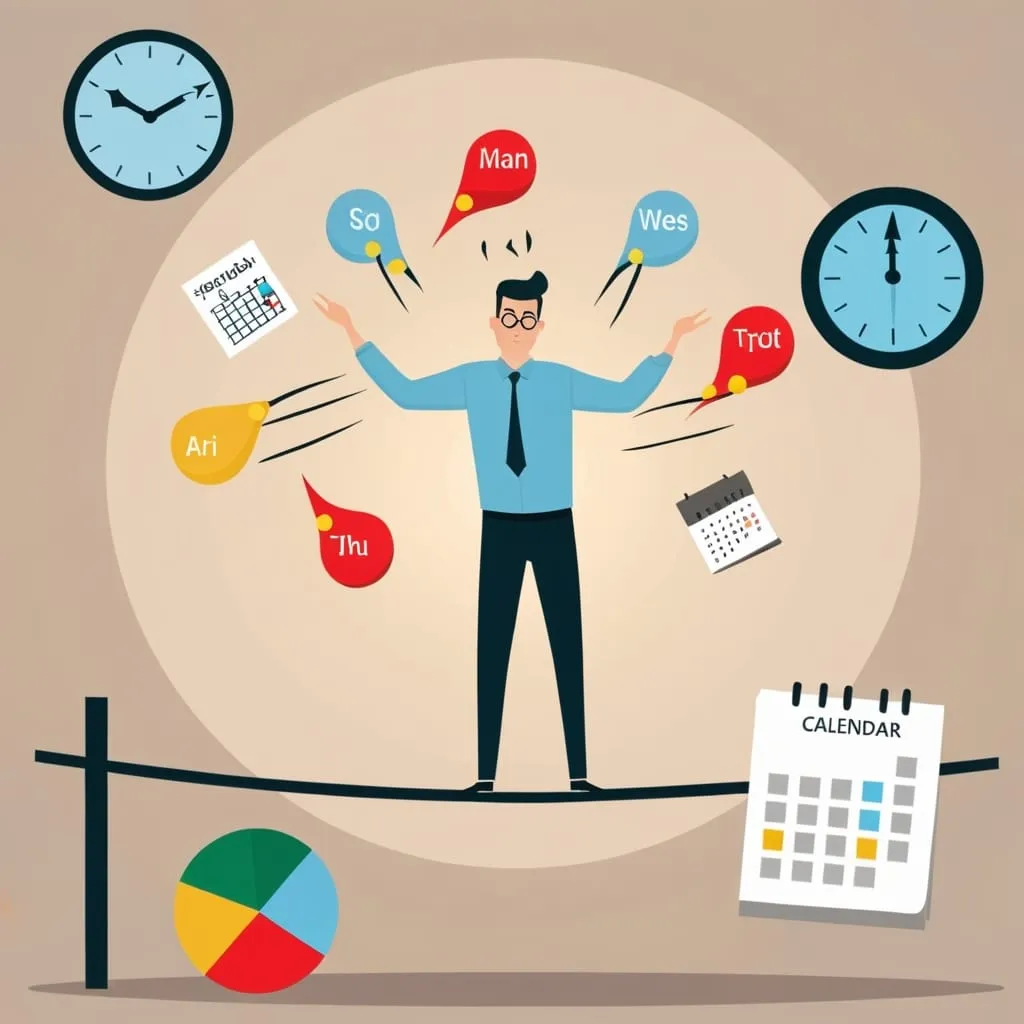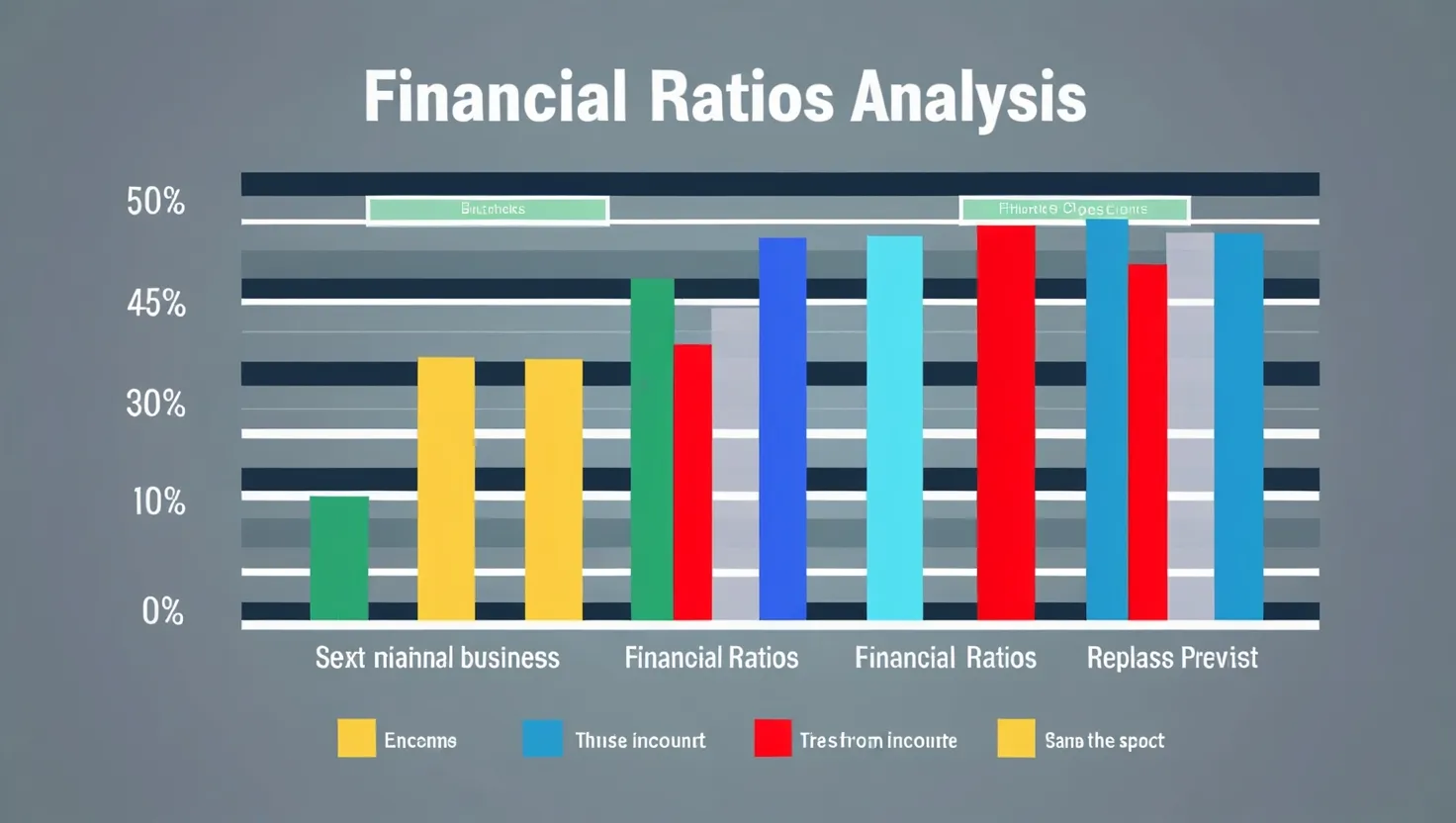Gamification: The Secret Weapon to Conquer Boring Financial Tasks
Ever felt like you'd rather clean the entire house than sit down and tackle your taxes? You're not alone. Financial tasks often rank high on the "boring but necessary" list for most people. But what if I told you there's a way to make balancing your budget as exciting as playing your favorite video game?
Enter gamification - the art of turning mundane tasks into engaging games. It's not just a fancy buzzword; it's a powerful strategy that can revolutionize how you approach your finances. Let's dive into this game-changing concept and explore how you can use it to level up your financial game.
The Magic of Gamification
At its core, gamification is about tapping into our innate love for games and competition. It's like sneaking veggies into a kid's favorite meal - they're getting something good for them, but it's so fun they don't even realize it.
Think about it. When you're playing a game, you're focused, engaged, and motivated to win. Now, imagine bringing that same energy to your financial tasks. Suddenly, updating your budget isn't a chore - it's a challenge to beat your high score.
Breaking It Down: The Building Blocks of Financial Gamification
So, how do we turn boring financial tasks into exciting games? Let's break it down:
- Set Clear Goals
Every good game has a clear objective. In the world of finance, your goals might be saving for a vacation, paying off debt, or building an emergency fund. Make these goals concrete and visible. Write them down, create a vision board, or use a goal-tracking app. The clearer your target, the more motivated you'll be to hit it.
- Create Levels and Milestones
Remember how satisfying it is to level up in a game? Apply that same principle to your finances. Break your big financial goals into smaller, manageable milestones. Each milestone you reach is a new level conquered. For example, if your goal is to save $5,000 for a vacation, each $500 saved could be a new level.
- Reward Yourself
What's a game without rewards? Set up a system where you earn points or rewards for completing financial tasks. Maybe you get a point for every bill paid on time, or for every $100 saved. These points can then be redeemed for small treats or activities you enjoy. Just make sure your rewards don't derail your financial progress!
- Add Some Competition
Nothing spices things up like a bit of friendly competition. Challenge your partner, friends, or family members to a savings contest. Who can save the most in a month? Who can find the most creative ways to cut expenses? The winner gets bragging rights (and maybe a small prize).
- Use Visual Trackers
Seeing your progress can be incredibly motivating. Create a visual representation of your financial journey. This could be a thermometer-style chart that fills up as you save, or a map where you "travel" towards your goal with each milestone reached. Watching your progress in real-time can be surprisingly addictive.
- Introduce Time Challenges
Remember those timed levels in video games that got your heart racing? Apply that same principle to your financial tasks. Set a timer for 15 minutes and see how many bills you can pay or expenses you can log. It's amazing how much you can accomplish when you're racing against the clock.
- Learn and Earn
Turn financial education into a game. For every financial concept you learn and apply, give yourself points. Did you finally figure out what compound interest is and how to use it to your advantage? That's worth some serious points!
Real-Life Examples: Gamification in Action
Let's look at some practical ways to gamify your finances:
The Debt Destroyer: Turn debt repayment into a game where each debt is a boss you need to defeat. The smallest debt is the first boss, and as you pay off each debt, you level up to face bigger bosses. Celebrate each "boss defeat" with a small reward.
The Savings Quest: Create a fantasy-style map of your savings journey. Each savings milestone is a new location on the map. As you reach each milestone, you "unlock" new areas and discover hidden treasures (aka, the joy of watching your savings grow).
The Budget Master Challenge: Set up a monthly challenge to stick to your budget. Each category in your budget is a different quest. Stay within your grocery budget? Quest complete! Avoid unnecessary purchases? Bonus points! At the end of the month, tally up your score and try to beat it next month.
The Investment Adventure: Turn learning about investments into an adventure game. Each new investment concept you learn and apply is a new skill acquired. As you level up your investment knowledge, you unlock new investment opportunities.
Why Gamification Works
Gamification isn't just fun and games - there's solid psychology behind it. When we play games, our brains release dopamine, the feel-good chemical that motivates us to keep going. By turning financial tasks into games, we're essentially tricking our brains into enjoying something we might otherwise avoid.
Moreover, games provide instant feedback and gratification, something that's often lacking in long-term financial planning. When you can see your progress in real-time and earn immediate rewards, you're more likely to stay motivated and on track.
Overcoming Challenges
Of course, gamification isn't without its challenges. It's important to strike a balance between making tasks fun and maintaining their seriousness. After all, your finances are no game in real life.
Also, what works for one person might not work for another. You might love the idea of competing with friends, while someone else might prefer solo challenges. The key is to experiment and find what motivates you personally.
Lastly, remember that the novelty of gamification can wear off over time. Be prepared to switch things up and introduce new elements to keep it fresh and engaging.
The Future of Financial Gamification
As technology advances, we're seeing more and more apps and tools that incorporate gamification into financial management. From apps that turn saving into a multiplayer game to banking services that reward you for good financial habits, the future of finance might look a lot like a video game.
But you don't need fancy apps to start gamifying your finances today. With a little creativity and the willingness to have some fun, you can turn even the most boring financial task into an engaging challenge.
So, are you ready to level up your finances? Remember, the goal isn't just to make financial tasks more bearable - it's to make them so engaging that you actually look forward to them. Who knows, with the right gamification strategy, you might find yourself choosing to update your budget over watching TV!
In the end, managing your finances doesn't have to be a chore. By bringing in elements of play, challenge, and reward, you can transform your financial life from a boring spreadsheet into an exciting journey of growth and achievement. So grab your controller (or spreadsheet), and let the games begin!






